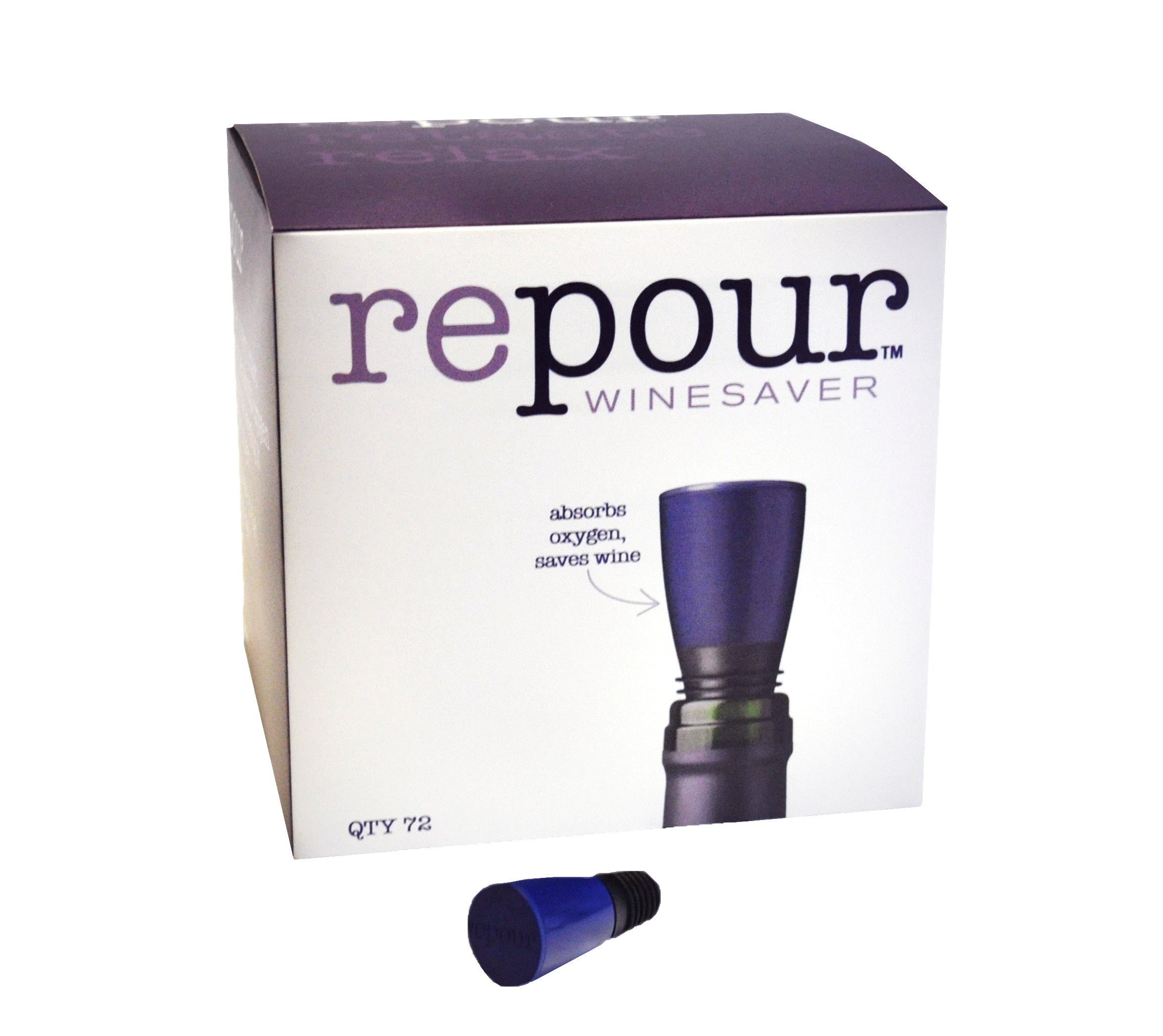When you return to a bottle of wine you enjoyed a day or two before, you might reminisce about the people or meal you enjoyed it with. You remove the cork forced back into the bottle the last time you opened it, pour a glass, and sit down with your feet up. Not so fast!
Instead of settling into a relaxing evening, you’re immediately back up, cursing the effects of oxidation, and pouring the rest of the bottle down the drain. Been there? We all have, and here’s why and how refrigeration helps keep opened wine a little fresher.
While we abhor oxidation in wine (of which oxygen definitely plays a role), the root cause of our wine turning to vinegar isn’t really oxidation at all. The vinegar taste originates from a bacteria called acetobactor chewing on the ethanol (aka alcohol) in our wine and turning it into acetic acid. Fun fact: The word vinegar derives from the French “le vinaigre” (vin + aigre = wine + sour – or sour wine).
When we allow oxygen into wine, these naturally-occurring bacteria awake from their dormant state and get to work destroying our favorite beverage. At first, there are only a few present, and the effect and change are slow. But as they start feeding, they multiply and quickly build a small army to turn tasty wine into a vinegary mess.
Bacteria? Yes! The presence of oxygen allows these naturally-occurring microorganisms to grow. It turns out acetobactor + ethanol is the recipe to make vinegar. Acetobactor are aerobic (meaning they need oxygen to grow) so we provide the oxygen catalyst when we open the bottle and let air rush in. The wine then provides the ethanol fuel for these vinegar producers to grow.
But there is a solution: You can stop acetobactor from turning wine to vinegar by eliminating its catalyst (remember, it needs oxygen to live). At Repour, our technology completely removes the oxygen from the bottle itself for as long as it has wine in it. But another, old-school method – the refrigerator – makes it less hospitable for the bacteria to grow for a couple of days.
Bacteria colonies grow faster as temperature increases, up until a certain point where they can’t survive at all – as shown in the graph below.

Data used to create this graph: https://supremevinegar.com/2017/08/06/temperature-speed-bacterial-fermentation/
This is the main reason we refrigerate and freeze food. Like everything else in your refrigerator, by cooling down opened wine, you slow down the bacteria so it takes longer to convert the leftover wine into leftover vinegar. The effects of temperature are dramatic, as is the rate at which your leftover wine is destroyed. In fact, at room temperature, bacteria grow 11-16 times faster than they do at 50° F.

At cooler temperatures, chemical processes slow down as well, but the real reason to put your leftover wine in the refrigerator is to put little ankle weights on the bacteria to slow them down long enough to avoid the army buildup. While removing oxygen is the only way to truly stop your wine from turning to vinegar. Refrigeration may slow the process enough so that when you kick back on the couch the next day, you just might avoid that unwelcome shot of vinegar.
Want to never have oxygen destroy your wine again? Try us out today!
Tom










